| Reviews & Columns |
|
Reviews DVD TV on DVD Blu-ray 4K UHD International DVDs In Theaters Reviews by Studio Video Games Features Collector Series DVDs Easter Egg Database Interviews DVD Talk Radio Feature Articles Columns Anime Talk DVD Savant Horror DVDs The M.O.D. Squad Art House HD Talk Silent DVD
|
DVD Talk Forum |
|
|
| Resources |
|
DVD Price Search Customer Service #'s RCE Info Links |
|
Columns
|
|
|
Color Of Noise, The
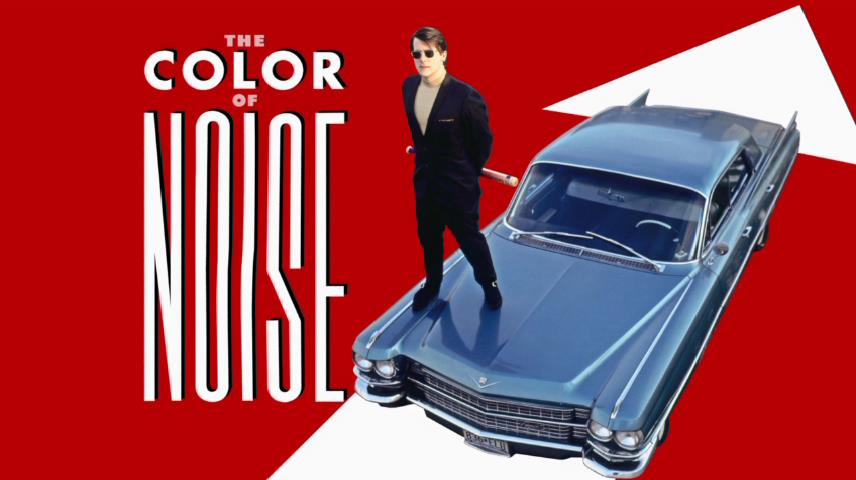
"The Color of Noise" focuses on the independent record label Amphetamine Reptile Records based in Minneapolis, and its founder musician/artist Tom Hazelmyer. Hazelmyer started the label to release music by his own band Halo of Flies (the label's name was inspired by a military buddy's misunderstanding of the song "Love Me Like a Reptile" by Motorhead) and ended up signing several other bands like Helmet, The Cows, Mudhoney, The Melvins and Today Is The Day.
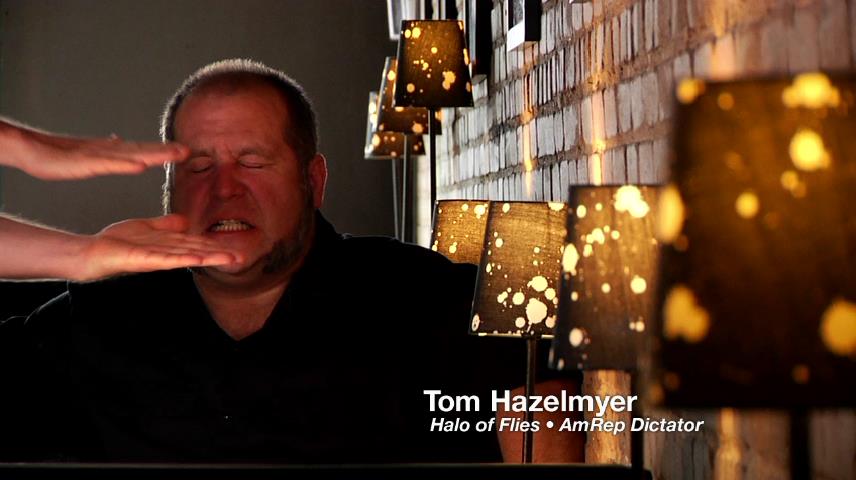
The documentary starts out easily enough, with the story of how Hazelmyer moved to Minneapolis in the early 1980s and started bands with like-minded people before deciding to go into the military- his reason being that he'd heard President Reagan was going to start World War III soon and he wanted a front-row seat. After that, the film gets a bit chaotic as it crams in interview and concert footage from the label's other bands and their friends, some of them talking about Tom and the label but others just about their music or whatever else is on their mind. One of the best bits has Cows member Shannon Selberg talk about how he thought he was a cat the first few years of his life, until eventually his mother had to tell them the truth to which he replied "I'm a boy? You mean like all the ones outside that beat me up?" He then goes on to tell about how he then started behaving like a caveman outside and was called "Monkey Boy" by a neighborhood girl who eventually seduced him.
Another segment has Mike Hard of God Bullies discuss the meaning of his on-stage persona, who wears a business suit and from the looks of concert footage gets quite sweaty in it. He says that he's all about money and business and "could give a fuck about you- he's the guy you wanna hate" but then works in elements where he really doesn't know any better and the audience feels sorry for him by the end of the show. We then get to visit Mike's home where he shows off his collection of old records recorded by preachers that he's picked up, and legendary Jello Biafra also comments on camera a bit surrounded by some of his record collection.
The band Helmet was AmRep's biggest success story, selling several thousand records and helping to offset the label's other releases that didn't sell so well. (Hazelmyer recalls how he regretted having them open for his band Halo of Flies, as they easily upstaged him.) Helmet was soon picked up by major label Interscope, who then wanted to acquire and reissue their debut album from AmRep- Tom Hazelmyer gleefully describes how he let them have it, but basically got as much money out of them as he could. This was the era when Seattle indie-rock band Nirvana became a surprise success and had the major labels scrambling to sign similar acts, and we hear from a few other bands who briefly went to major labels and then realized what a bad idea that was, as those labels didn't care so much about creativity as they did profits.
About halfway through "The Color of Noise" the focus shifts to artwork for AmRep's album covers and concert posters, mainly done by Frank Kozic- he says that he'd always wanted to play music but had zero talent, so he ended up doing posters for other bands instead. It's said that these brought back an interest in artwork for concert promotions after being mainly an after-thought since the early 1970s. Tom Hazelmyer is shown taking up visual artwork himself under the name "Haze XXL."
As far as music documentaries go, "The Color of Noise" is certainly entertaining even if you don't know a lot about the featured bands, as most of them have an amusing screen presence and persona. I didn't learn very much about the AmRep label itself though other than their significant releases- it appears that the label is currently not releasing anything new at this point but most of its prior releases are still available. There are many concert clips dating mainly from the 1990s, but most of them go by quite fast. The Blu-Ray disc does include a few complete performances as extras.
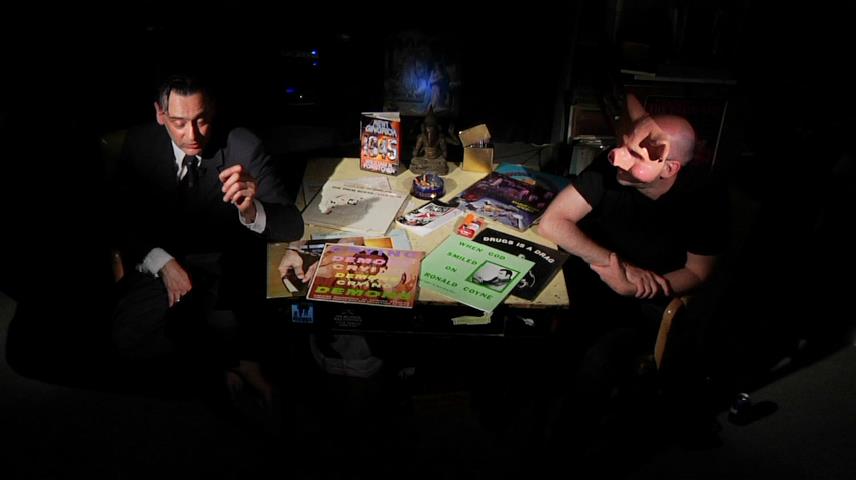
The package includes both a Blu-Ray disc and a standard DVD. The Blu-Ray disc certainly looks best when comparing the two, but isn't exactly a showcase of high-quality video. Most of the interview footage, shot on video at 24 frames per second, mostly looks good enough aside from a few compression artifacts. Disappointingly the documentary crops the top and bottom off of most of the archival 4x3 video footage, and of course keeps that at 24 fps as well.
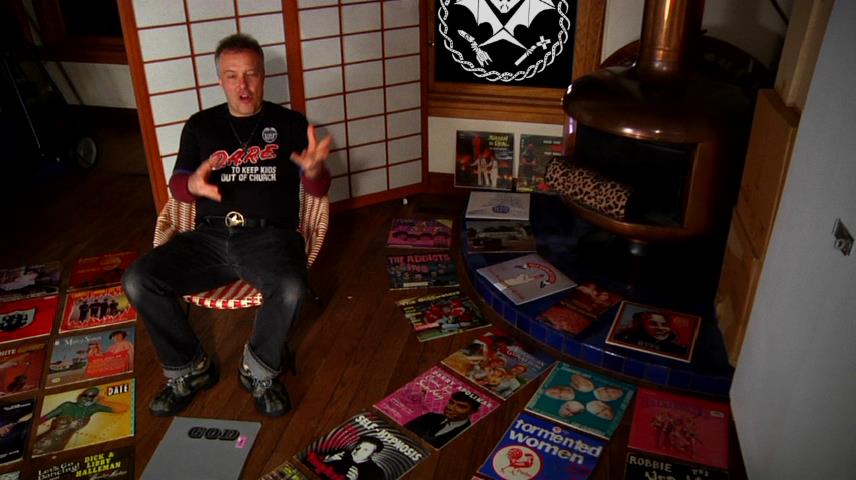
Both 2-channel and 5.1 mixes are included on both discs, with the Blu-Ray having the 2-channel mix in PCM and standard Dolby Digital for the 5.1. The 5.1 mix seems to keep at least most of the talking isolated in the center channel with the music in the front left and right, with a bit of echo in the surrounds and accented by the LFE channel. Not an elaborate mix but it works well enough for the documentary, the 2-channel mix is plainer in comparison.
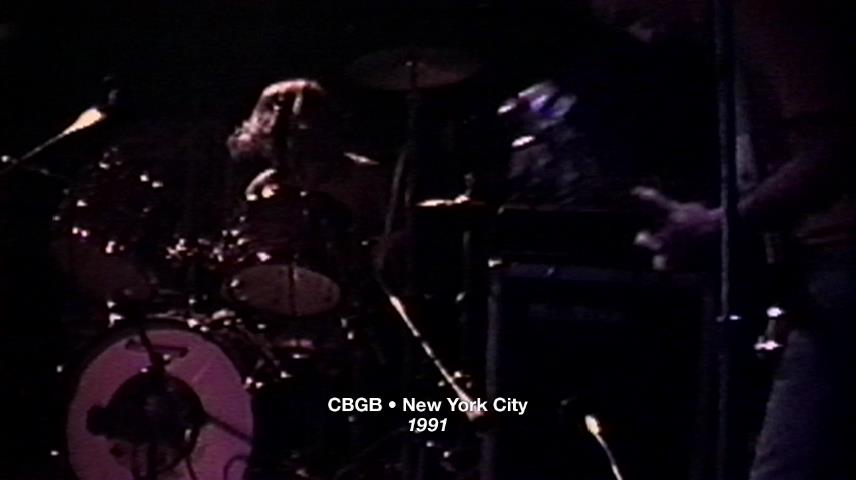
All extras aside from the commentary track are on the Blu-Ray disc only; the DVD has a similar menu but tells you that all extras are located on the Blu-Ray disc if you click on "Extras". Both discs do include a commentary track with director Eric Robel and editor Michael Dimmitt. They mainly talk further about the bands and people who appear, and get progressively drunk towards the end as they decide to take shots every time Tom Hazelmyer's name is mentioned in any manner.
A segment called "The Enthusiasts" talks a bit about the videotaping of concerts at small venues, which were sold on VHS in some record stores. An original opening of the documentary was ultimately changed as it focused a bit too much on The Cows and led some audiences to think its focus would be on them. "AmRep Does SubPop" shows a rejected cover picture for a compilation album that depicted The Flintstones in a rather unsavory manner, and a gallery shows a slide show of concert posters mainly by Frank Kozic along with a promo for Kickstarter funding and a theatrical trailer. A 1992 public-access interview with Tom Hazelmyer is included, in its proper 4x3 ratio but alas at the slower frame rate as the other material. The most appealing extra was 1990s concert footage shot at New York's CBGB with one song each by the Cows, Hammerhead, Surgery, Janitor Joe and Unsane, shot with multiple cameras but again in the modified frame rate. Finally there's a hidden music video for "Mune" by Hammerhead, which comes up on the Extras menu as a hammer graphic if you hit the Right arrow button at the bottom of the list of extras.
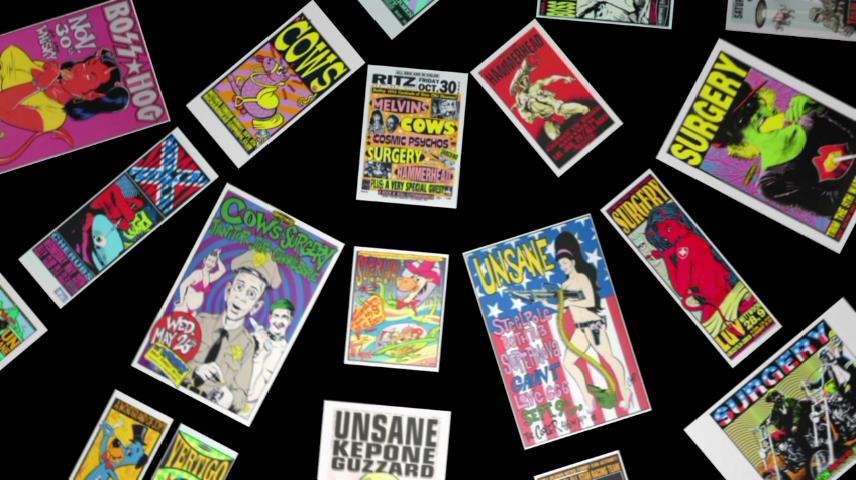
I'd only had a passing knowledge of most of the artists on Amphetamine Reptile before watching this documentary. I'm now hoping to check them out further (the label released 3 VHS tape compilations which have since been issued together on one DVD that I plan on picking up), and just wish there had been a bit more music and a bit less talking here. It seems to be mainly geared to the fans already familiar with them, and if that applies to you then you'll likely enjoy "The Color of Noise".
Jesse Skeen is a life-long obsessive media collector (with an unhealthy preoccupation with obsolete and failed formats) and former theater film projectionist. He enjoys watching movies and strives for presenting them perfectly, but lacks the talent to make his own.
|
| Popular Reviews |
| Sponsored Links |
|
|
| Sponsored Links |
|
|
| Release List | Reviews | Shop | Newsletter | Forum | DVD Giveaways | Blu-Ray | Advertise |
|
Copyright 2024 DVDTalk.com All Rights Reserved. Legal Info, Privacy Policy, Terms of Use,
Manage Preferences,
Your Privacy Choices | |||||||












